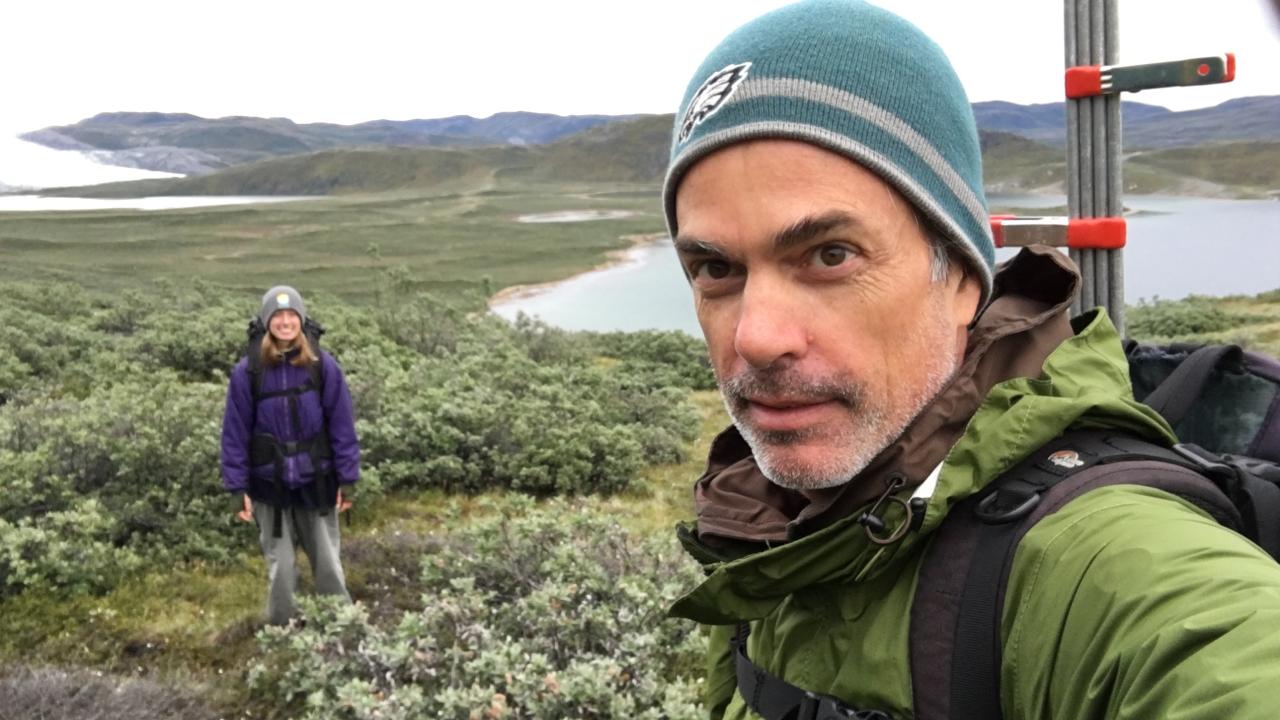UC Davis polar ecologist Eric Post has kept a close eye on Arctic Greenland for nearly 30 years, documenting changes to the warming landscape and the plants and animals who call it home.
In the classroom environment, he’s seen climate change create a different shift among students — one in which climate anxiety is an unavoidable and increasingly frequent reality.
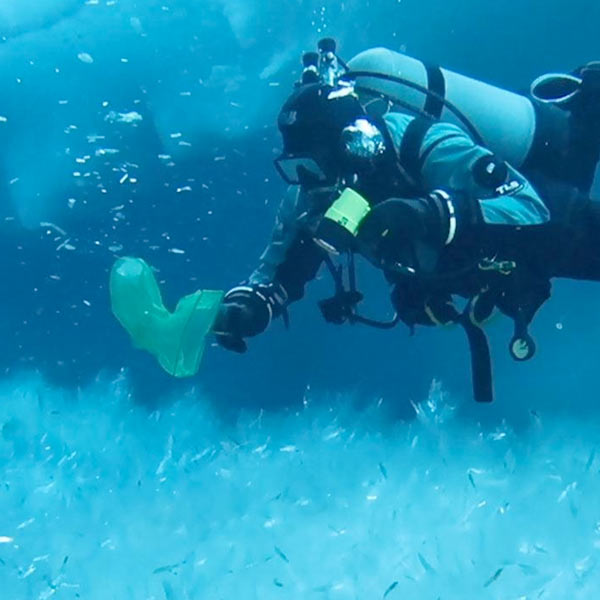
This article is part 7 of the series “Confronting Climate Anxiety”
View all eight parts of the series, and find out what scientists are doing to turn climate anxiety into climate action.
Here, he talks about his love for the Arctic, and how he’s changed his teaching style to bring climate anxiety into the open to better equip the next generation of climate scientists with emotional tools for the job.
You’re one of the few scientists I know with a long-term field site you’ve returned to every year for decades. Tell me about your site in Greenland and what you do there.
We started working there in 1993 and have been running continuous projects there since 2002. The study site is considered low Arctic, so it’s a little warmer than most other study sites across the Arctic. I’ve always thought of where we’re working in southwest Greenland as what the Arctic might look like as climate change unfolds in other, colder parts of the Arctic.

This is one of the few places in the Arctic where both caribou and musk oxen co-occur. That’s what drew us to study there. This lets us test how diversity of the large mammal community might be affected by climate change in the Arctic.
What is working in Greenland like?
I’m just a guest there, visiting twice a year in the spring and summer only. That said, it feels like home away from home when I’m there. Like a lot of Americans, I’ve moved around a lot in my life, had different jobs. The number of years I’ve been going to Kangerlussuaq in Greenland makes it the longest I’ve been associated with a single place in my life. That’s had a huge impact on my sense of attachment to it.
I love being there. I think it’s so beautiful and peaceful. For me, nature and true wilderness has a certain honesty to it I feel lacking in humanity. I feel so much more attracted to nature, plants and animals because, it sounds corny, but you can rely on what you see and encounter in nature. You can’t always rely on human beings to be that predictable and straightforward with you.

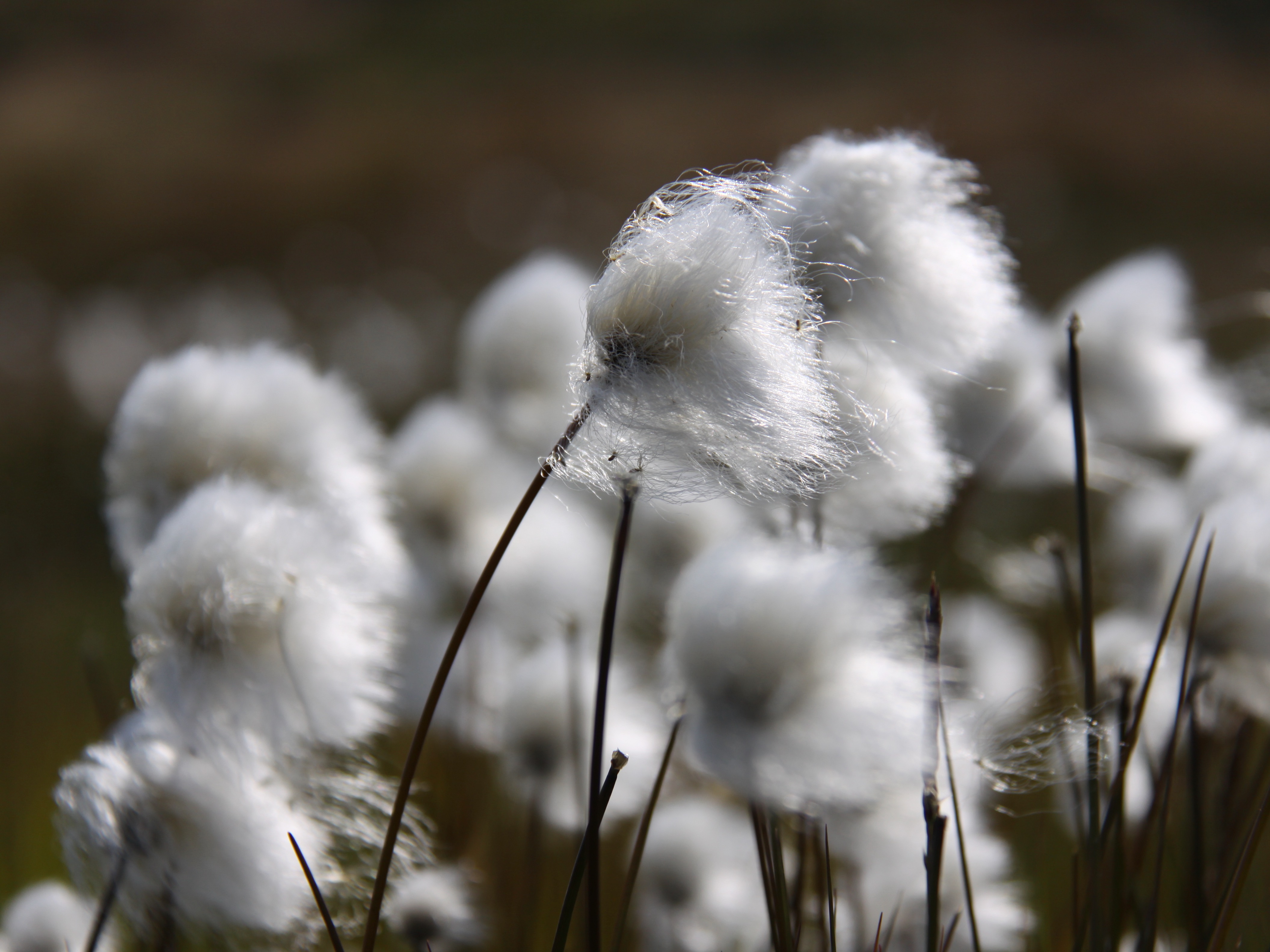
Nature is more giving. It feels like you go into nature and just receive so much. There’s no limit to it in terms of tranquility, peace, beauty, energy and all those things a human being really needs.
For me, going there is almost like a spiritual experience every year. I’m a scientist for sure, but I don’t suppress or disconnect from all of those aspects that have nothing to do with science. I’m fascinated by nature and really wild places. That drew me to becoming a scientist, and I’ve never moved away from those feelings.
Because of that, seeing the impacts of climate change in the Arctic — a very fragile part of the world — is heartbreaking. I feel that directly because of my love for the place and especially my emotional attachment to caribou, which I think is such an interesting and beautiful species.

The genome for reindeer, or domesticated caribou, was recently sequenced, and it turns out the species carries a mutation for docility. This might explain why domestication of reindeer has been so successful across the Arctic. You can feel that when you’re in nature with caribou. They’re curious. In some cases, they want to know what you’re up to. They’ll watch you and approach you. It’s really special to be around those animals.
Seeing their numbers dwindle across the Arctic is distressing to me. Almost every caribou population in the Arctic is now in decline. If we lose that species — and I’m not saying we will as a consequence of climate change — but even if we lose great numbers of it, that’s a loss of something that contributes just by being there. Just by being part of nature, it’s giving something.
I'm fascinated by nature and really wild places. That drew me to becoming a scientist, and I’ve never moved away from those feelings.
On top of all of that is my appreciation of natural systems for Indigenous livelihoods. Caribou have been described as probably singularly responsible for permanent human habitation of the Arctic away from the coasts. Thinking about the impact of reduced caribou numbers to Inuit communities is another layer of stress or anxiety.
When you talk to people who hunt and rely on that seasonal harvest, it’s incredibly depressing, largely because they bear no responsibility for the situation they’re in right now. The impact of human pollution of the atmosphere is largely coming from places much farther south than where they live.
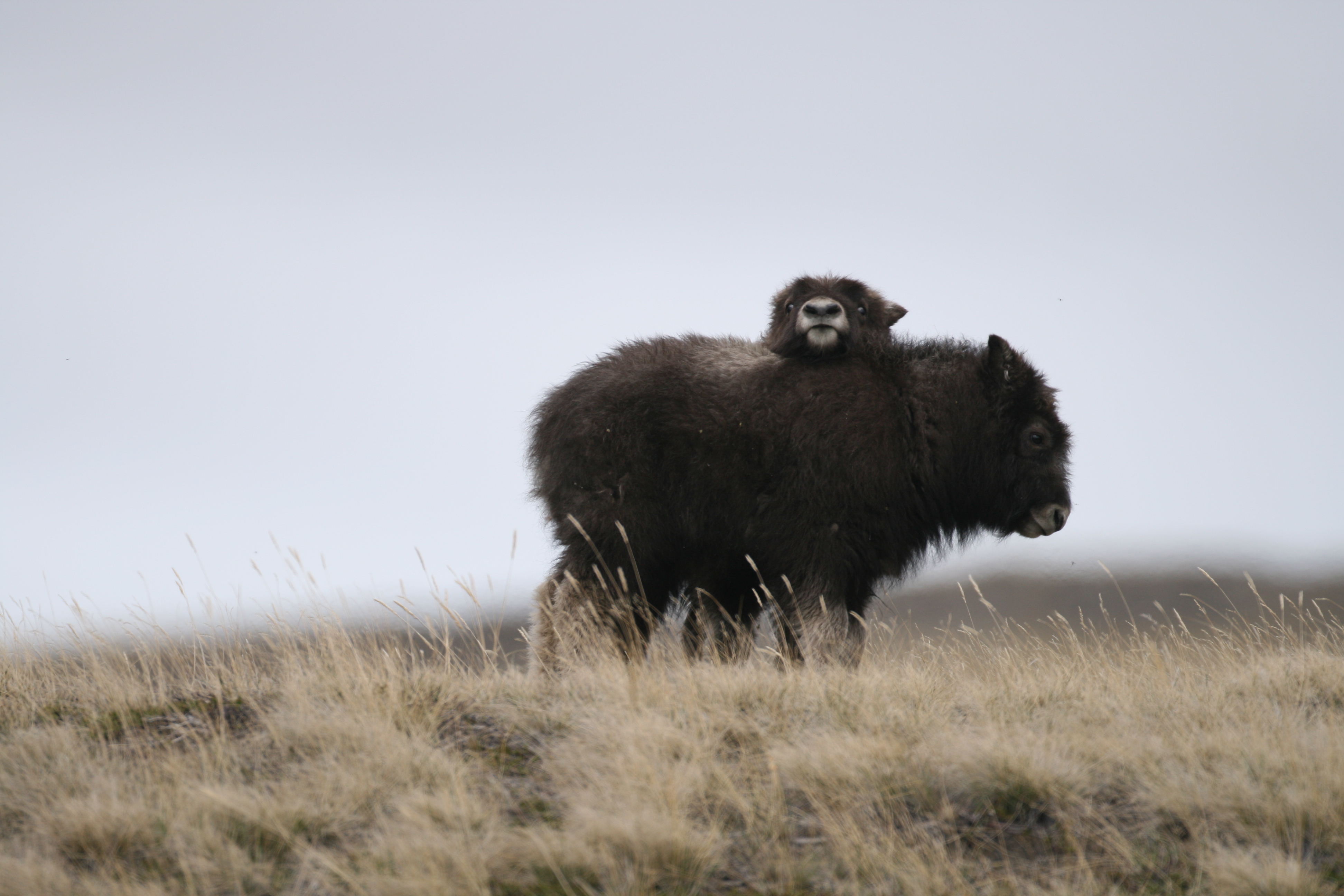
How has your approach to teaching about climate change shifted over your career?
For the past 21 years, I’ve been teaching climate change ecology. Early on, from about 2001 to the 2006 — there was a lot of focus on attribution. We could see what was happening to the climate, but the question was: How do we know this is attributed to human behavior? That’s a very rational and logical connection to want to make, and it’s what students were focused on.
Then the focus shifted for the next 10 years to confronting climate change denial. By that point, evidence for human attribution had become quite clear. That led to a ramping up of climate denial rhetoric and politics. So for those years, the course focused on identifying, confronting and rebutting climate denial tactics. Students were hungry for that information because they were swimming in it.
I started to notice the stress students were displaying in the classroom. Directly crying, expressing fear, anxiety, depression, sorrow, loss.
More recently — and I don’t know if it coincides with my move a few years ago to California, where climate change is a more tangible experience for people, or because it coincides with a real acceleration in warming over the same period — I started to notice the stress students were displaying in the classroom. Directly crying, expressing fear, anxiety, depression, sorrow, loss.
So over the last three years or so I started asking students in the beginning of the term to open up about how climate change was affecting their lives. The answers really surprised me.
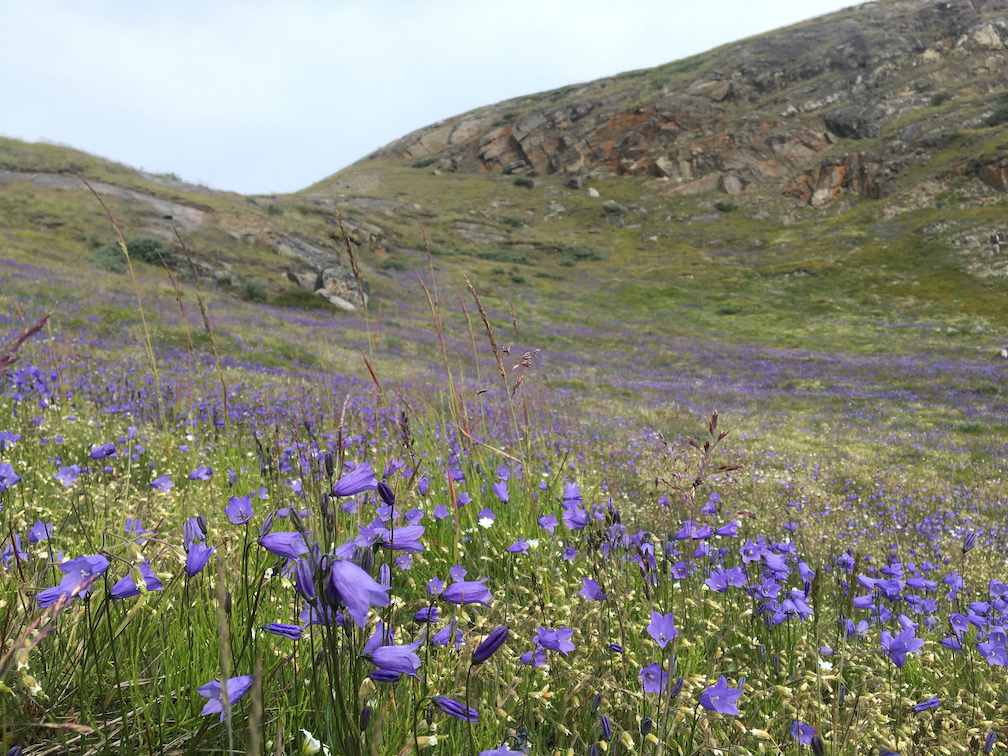
I was thinking students would talk about things like waking up between September and October here in Davis and smelling smoke every morning, or seeing that hazy red sky from the wildfire smoke, or being constantly inundated with news about droughts here. Instead, what students seemed most keen to talk about was the lack of their own future.
Students wanted to express feelings of hopelessness that they don’t want to have kids, that they’re not sure it’s worth investing in an education because they don’t know how much longer the world economic system will function because of climate change. They just had a general sense of unease and a real lack of security about their future. They were talking about a really overwhelming sense of dread.
I started asking students in the beginning of the term to open up about how climate change was affecting their lives. The answers really surprised me.
That got me interested in the trajectory I’m on now, which is incorporating more information about impacts of climate change on emotional well-being and mental health into the course.
I’m learning that climate anxiety has a dual aspect. One side is the immediate impacts of climate change. The other aspect comes from just studying climate change — sitting in a classroom three days a week and hearing lectures that are basically bad news. What we’ve seen so far is bad, and that’s with 1 degree of warming over the past century. What we’re talking about is 3, 4 maybe 5 degrees of warming over the next century. How do you think that’s going to affect the kinds of changes we’ve already seen with a fraction of that amount of warming?

Not to present this as everything is going to hell. That’s not the tenor of the class. The class is about, “This is a complex scientific problem. How do we study this?”
But there is the constant drumbeat of bad news. Just the very nature of asking 20- to 30-year-olds to get into the classroom and help us figure out how to solve this really complex, dire problem by hearing all the bad news — how can you ask people to do that? How can you ask people to come hear that message for 10 weeks without feeling anxious, scared, depressed or sad?
There’s a quote from climate scientist Katharine Hayhoe about climate change being a threat multiplier. It’s a multiplier of anxiety and fear. Whatever instability we happen to be experiencing in this country today because of political trends or social unrest is happening with climate change in the background.
I think the real danger that’s surfacing now is hopelessness. We don’t want to foster a sense of hopelessness in the classroom. This is a big problem, but we are creative people, and we can think our way through to solutions.
We can’t let ourselves be dissuaded by the enormity of the problem to the point of thinking, “I shouldn’t be in college or invest in my future because there is no future.” The only people that sentiment serves is the fossil fuel industry. They would love to hear us say, “It’s over. There’s nothing I can do.”
That’s the challenge of communicating this message while also trying to assuage fears and anxieties.

You’re talking to other people about solutions for moving forward for this series. I think that’s one of my greatest weaknesses. I’m not there personally yet. I feel so upset about this. Maybe that’s because I work in the Arctic, where this is not a future issue. This is something already well underway. At this point, I feel upset that more hasn’t been done already in terms of carbon mitigation strategies.
I think it’s OK to not have concrete answers. It can help just to talk about it. It sounds like you love your work and are clearly upset about the changes you’re seeing.
I love talking about climate change. I love this research. As a scientist, this is such a fascinating problem. It may sound counterintuitive, but I take so much pleasure in the work I do. Students have told me they can see how passionate I am about what I do, and that inspires them to get involved and do research on climate change, as well.
That was an unanticipated realization for me, that an effective tactic for expelling climate change hopelessness can be revealing my enthusiasm for what I do.
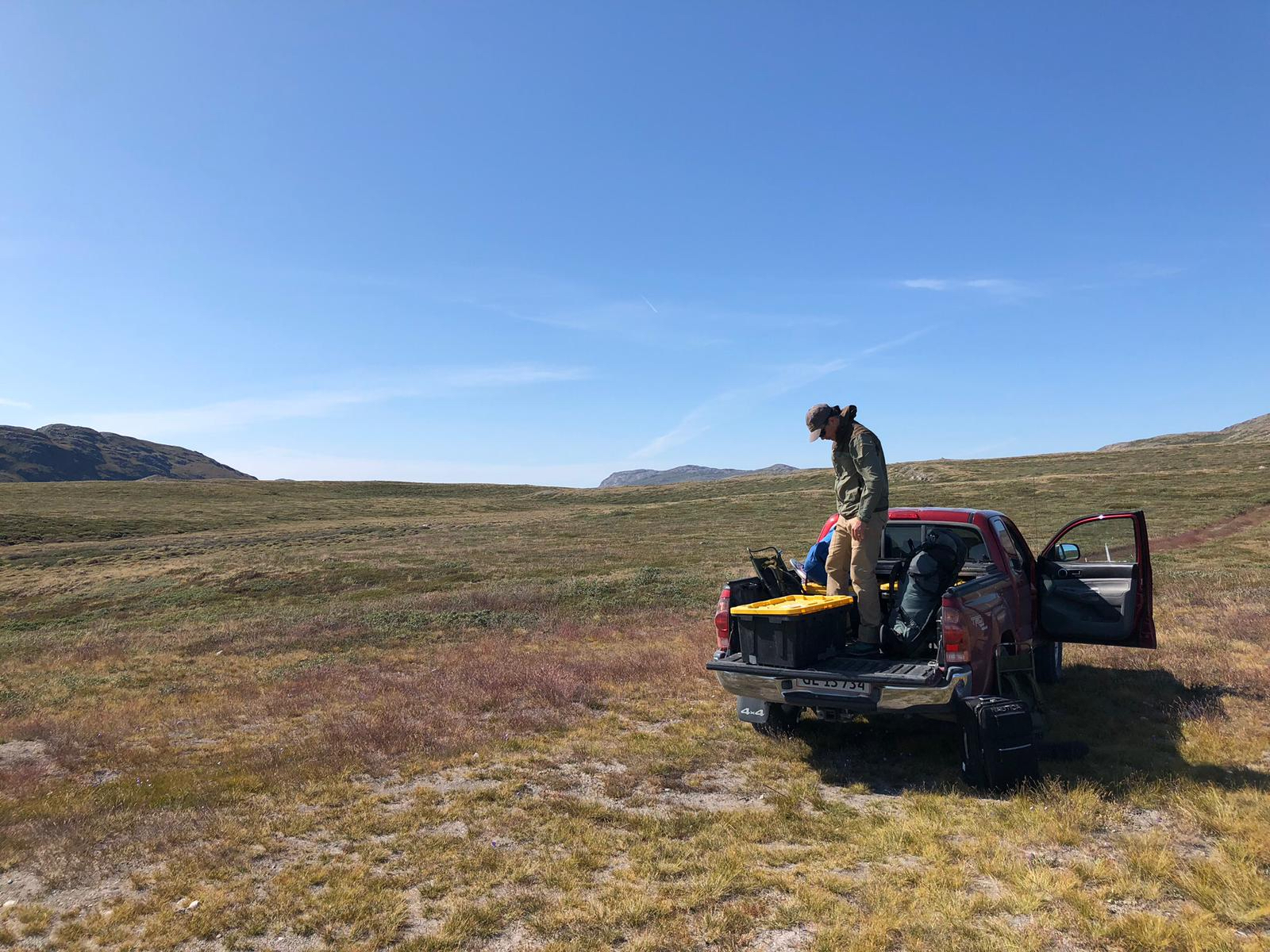
Are there other strategies you’re using to address climate anxiety in the classroom?
Right now, the strategy is giving students space to just talk. I feel like that has been enormously productive. It’s almost cathartic, like group therapy, just talking about these feelings and realizing others share those feelings or concerns. It’s not just the facts of climate change; it’s also asking, “How do you feel about hearing this?”
Moving forward, my plan is to get students to read and discuss peer-reviewed publications on climate anxiety and the effects of climate change on emotional well-being and mental health. I think that will help them understand why they feel the way they do and what people who study this have to say about how to deal with feelings like that. That strategy was shaped by asking students if they’d like to see more of that in the syllabus, and there was an overwhelmingly positive response to that.
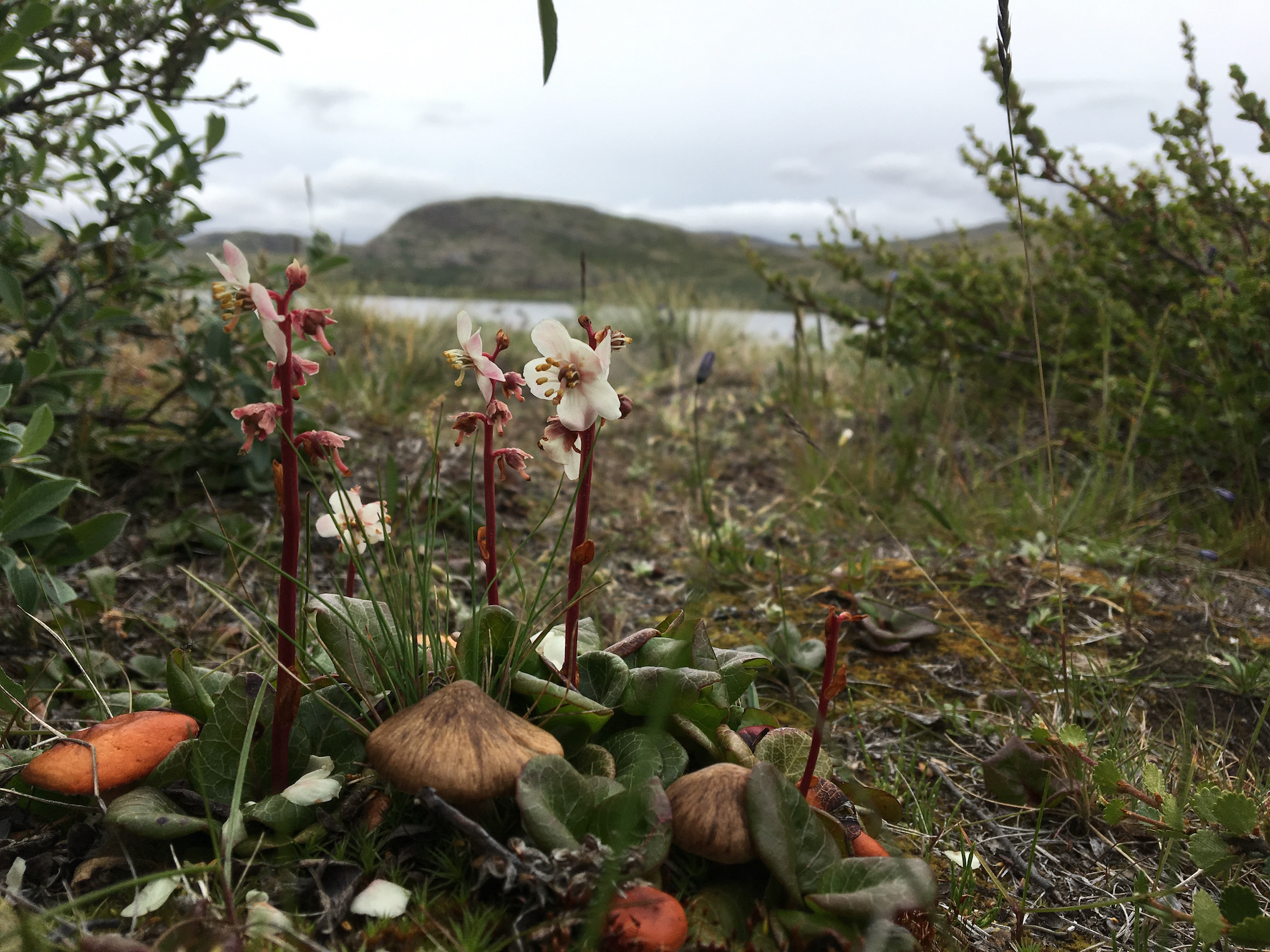
That sounds like a great addition. If you’re doing climate work, you’re going to feel those feelings sometimes. Being aware of it will likely make you more effective in your work.
It’s unfortunate that a lot of scientists seem hesitant to reveal their feelings about what they study and the impact it has on them to work in a field like this. I feel quite comfortable talking about emotions and feelings. I hope that will help others see that you can talk about this without fear of judgment. I think it would help people in my position to foster the same sort of outlets in their courses.
That students in your class are emotional could be a good sign. It indicates you’ve created a space that’s comfortable enough for them to share.
It’s an enormous gesture of trust to reveal vulnerability. I’m so grateful that students in my classes feel they can do that and also offer me insights for how to do more of this kind of stuff. It’s going to be increasingly important, especially if we want to train the next generation of professionals who will have to work on this problem.
We can’t let people shy away from it just because it’s uncomfortable and distressing to listen to. We also have to provide them the tools to deal with those feelings while continuing to do the work.
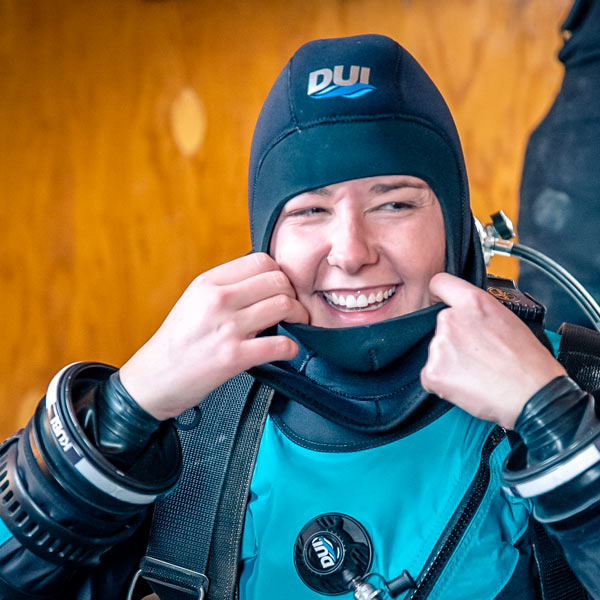
Continue the series with part 8, “Amanda Frazier: Holding Kindness”
In part 8, Amanda Frazier describes the soft side of Antarctica, a unique way she deals with her own anxieties and holding kindness in our work and lives.
Media Resources
Kat Kerlin is an environmental science writer on the UC Davis News and Media Relations team. 530-750-9195, kekerlin@ucdavis.edu. Twitter @UCDavis_Kerlin.
